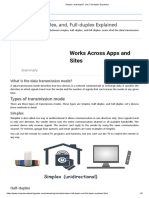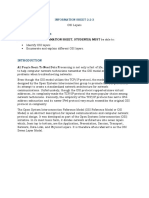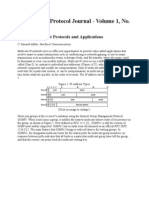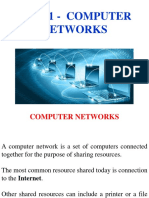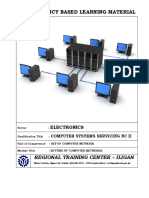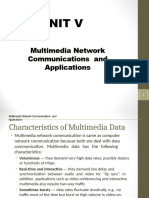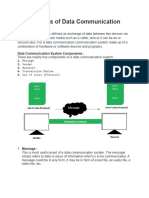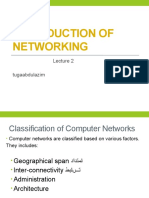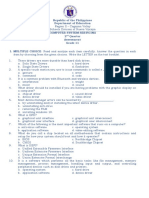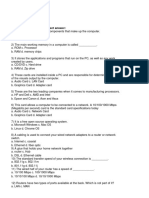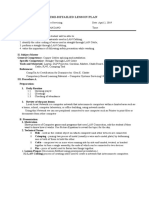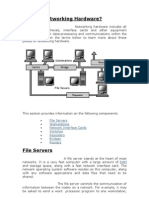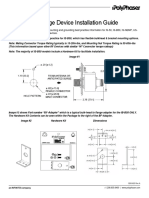0% found this document useful (0 votes)
251 views10 pagesCBLM Module Networking
This document provides information on competency-based learning materials for setting up computer networks. It includes a unit descriptor outlining the outcomes for installing network cables, configuring networks, and testing configured computer networks. It also provides information sheets on classifications of network systems and common networking tools. The sheets define local, metropolitan, and wide area networks and identify tools used for networking including crimping tools, RJ-45 connectors, and cable testers.
Uploaded by
SAMMY PALAGANASCopyright
© © All Rights Reserved
We take content rights seriously. If you suspect this is your content, claim it here.
Available Formats
Download as DOCX, PDF, TXT or read online on Scribd
0% found this document useful (0 votes)
251 views10 pagesCBLM Module Networking
This document provides information on competency-based learning materials for setting up computer networks. It includes a unit descriptor outlining the outcomes for installing network cables, configuring networks, and testing configured computer networks. It also provides information sheets on classifications of network systems and common networking tools. The sheets define local, metropolitan, and wide area networks and identify tools used for networking including crimping tools, RJ-45 connectors, and cable testers.
Uploaded by
SAMMY PALAGANASCopyright
© © All Rights Reserved
We take content rights seriously. If you suspect this is your content, claim it here.
Available Formats
Download as DOCX, PDF, TXT or read online on Scribd
/ 10




